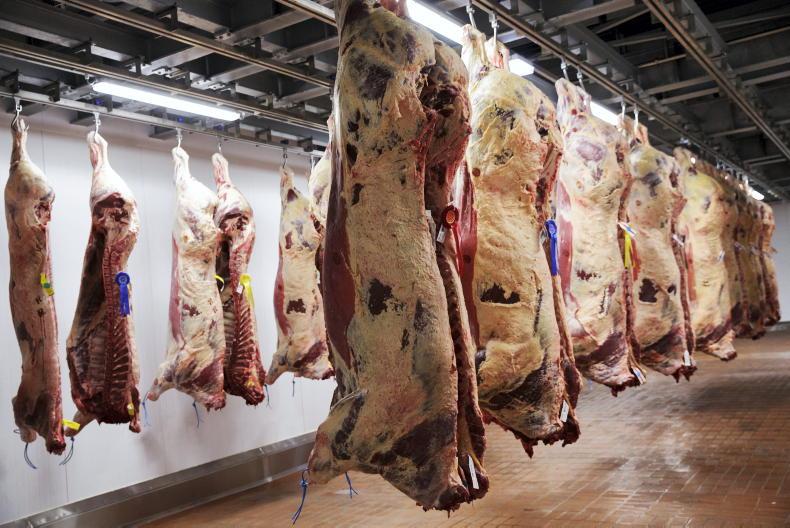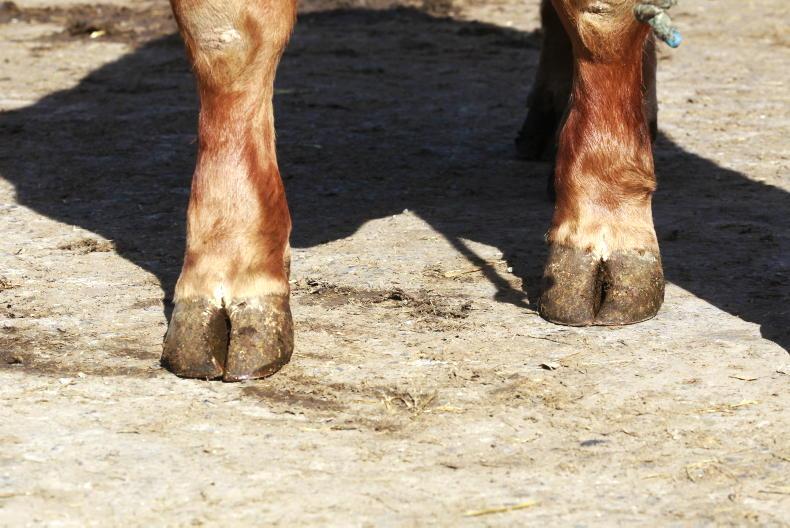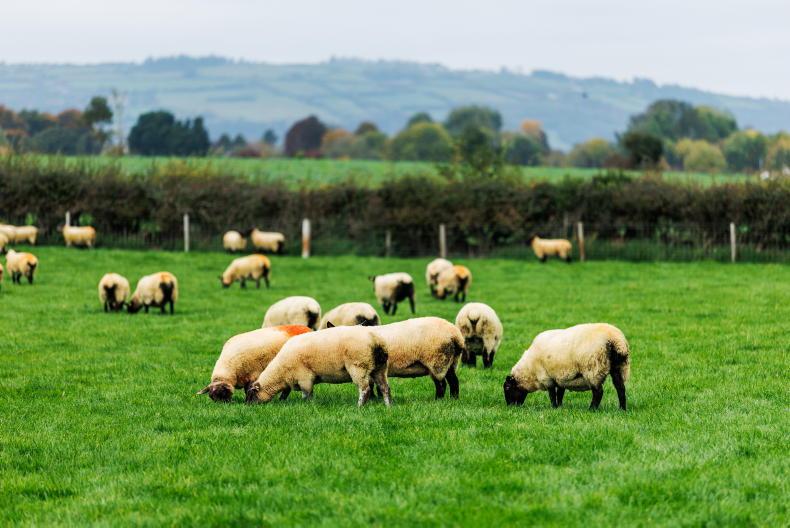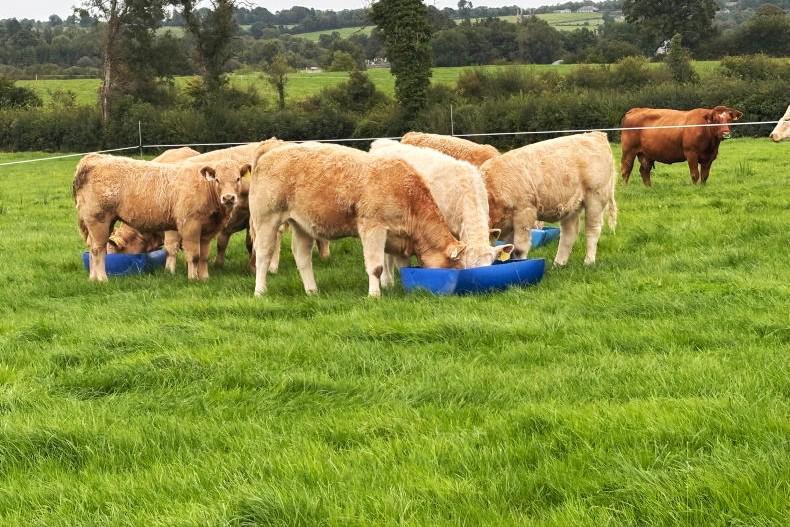Basic Payment Scheme Application
With recent good weather and lots of field work being completed, office work can lag behind. Make sure to get your BPS application submitted online before by the closing date of Monday 16 May.
Leave time to get passwords etc in case you get locked out. Don’t leave things until the last minute. The advice is to contact an agricultural consultant or a Teagasc adviser straight away and get an application in. Even if you are unsure of what land you have, the important thing is to get the application in and make amendments later.
Purchased animals
If you are purchasing animals in the mart and you suspect them to have a heavy worm burden, avoid using an ivermectin-based product straight away. Ivermectin can lead to a very fast kill and the stress of coughing up dead worms can lead to pneumonia issues.
White drenches and levamisole-type drenches have a much slower kill rate and will be easier on the animal. However, they do not have the same residual cover as ivermectin products.
A simple programme would be to dose on arrival with a white drench/levamisole drench and then dose with ivermectin two weeks later. This should then provide cover for four to six weeks.
Taking faecal samples is a cheap way of determining if you need to dose or not. Talk to your vet about getting them analysed.
Pneumonia
I have heard of increased cases of pneumonia around the country in the last few days. While some will say it’s a change in the weather, this isn’t likely to cause an outbreak on its own and there is likely something else going on the background or management has changed in some way.
Remember that stress is the big factor in many pneumonia outbreaks. Once the animal gets stressed, its immunity drops and it’s susceptible to disease. You can boost the immunity of an animal through the use of vaccinations.
It’s important they are given well in advance of a challenge like weaning to give maximum protection. You can also reduce stress through the way you manage the calves. Forward creep grazing and feeding meal to autumn-born calves now in advance of weaning will aid in the weaning process.
Grass
Our Grass+ page shows some very high grass growth rates around the country. Many will need to take out paddocks as bales to avoid grazing grass too strong in the next week or so. This leafy silage will be very high quality and is ideal for feeding to weanlings or freshly calved cows next spring.
Try to store these “paddock” bales so you can use them at any time rather than at the back of the storage area where they won’t be used until next spring. These mown paddocks will be ready to graze again in 14-21 days on most farms.
This week sees our silage series kick off. We will be following four farmers from around the country on their 2022 silage journey and what changes if any they are making in 2022 in light of increased costs on farms. Check it out on page 35 of this week’s paper.










SHARING OPTIONS